The terrible attack on the Boston Marathon is the most vivid and violent demonstration of terrorism confronting the United States and its allies today. Instead of large, complex plots hatched by organized jihadist terror gangs abroad, the new challenge is homegrown Muslim extremists who use the internet to self-radicalize and learn how to build bombs and create chaos by studying Al Qaeda texts online.
Much remains unknown about the two brothers, Tamerlan and Dzhokhar Tsarnaev, who allegedly built the bombs that exploded near the finish line of the marathon and killed three and wounded more than 200 on April 15. Experience shows that it’s dangerous to draw too many conclusions about a terror plot until the investigation is finished, but a preliminary judgment or two can be made about the Boston case.
The surviving terrorist, Dzhokhar, has reportedly told investigators that he and his brother were not part of an organized terror group like Al Qaeda or a broader conspiracy in the United States and that they decided to attack the marathon only a week or so before the event. They then decided to drive to New York City and carry out another attack in Times Square as a follow-up. The police stopped them before they got out of Boston, killing Tamerlan and capturing Dzhokhar.
The two reportedly learned how to build their bombs from an internet magazine produced by Al Qaeda called Inspire, the brainchild of an American citizen of Yemeni origin, Anwar al Awlaki, killed in a 2011 drone strike in Yemen. They also listened to tapes of Awlaki’s sermons on jihad, available on the internet. The older brother, Tamerlan, traveled to Russia last year, and his activities there remain largely a mystery. He may have had contact with the Chechen jihadist movement which has longstanding ties to Al Qaeda and especially its leader, Ayman al Zawahiri, who traveled there in the 1990s.
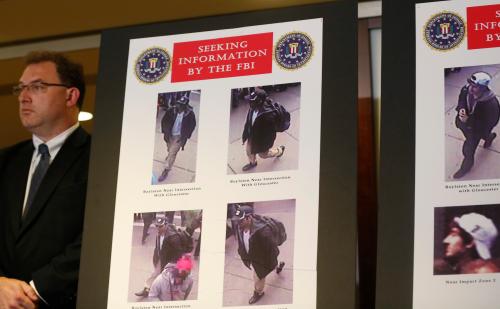
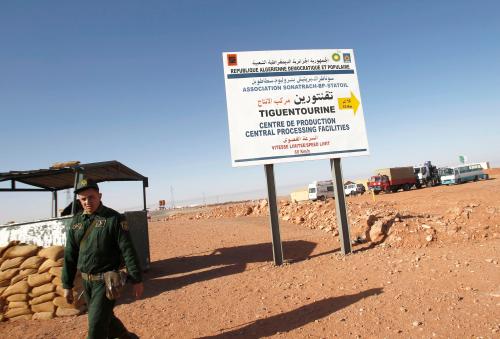
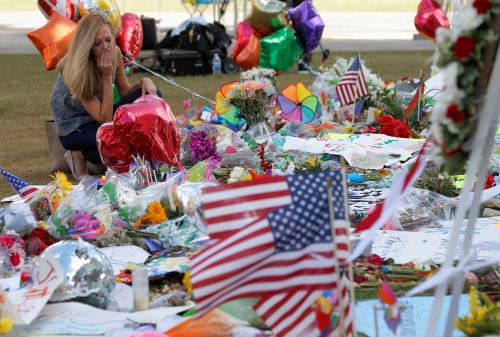
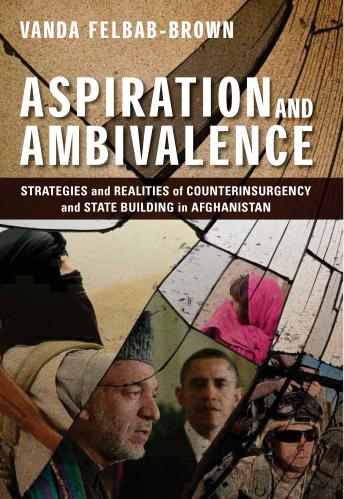
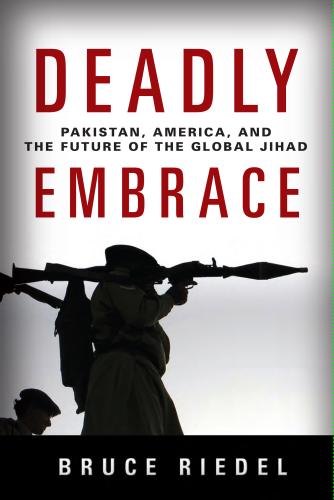




Commentary
Op-edLone Wolf Terrorists – No Easy Catch
April 30, 2013